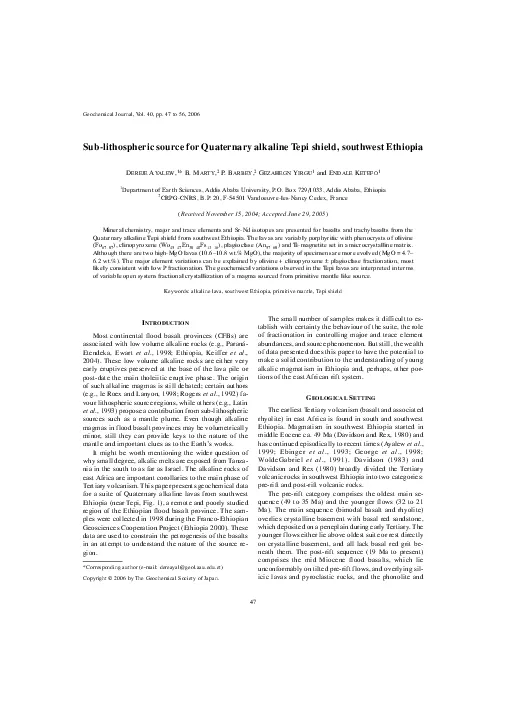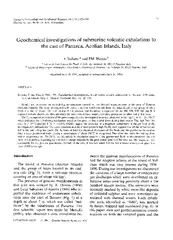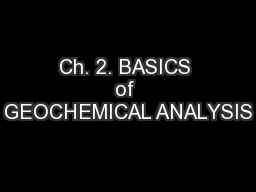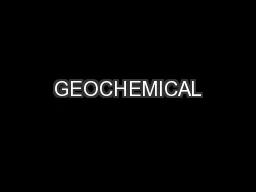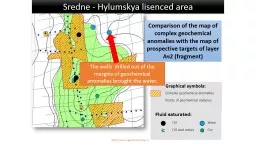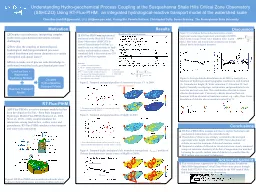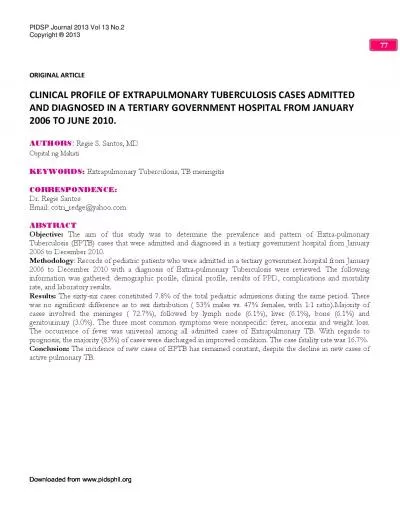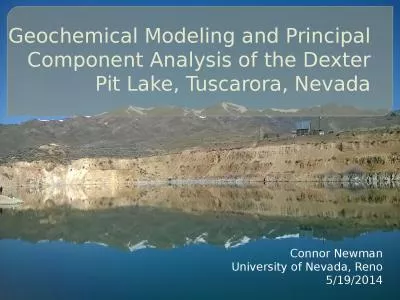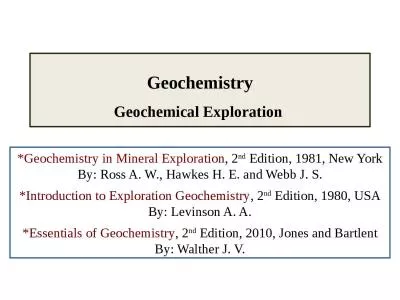PDF-Geochemical Journal Vol 40 pp 47 to 56 2006Copyright 2006 by The Geoc
Author : sophie | Published Date : 2021-08-17
Sublithospheric source for Quaternary alkaline Tepi shield southwest EthiopiaYALEWARTY P B and EDepartment of Earth Sciences Addis Ababa University PO Box 7291033
Presentation Embed Code
Download Presentation
Download Presentation The PPT/PDF document "Geochemical Journal Vol 40 pp 47 to 56 2..." is the property of its rightful owner. Permission is granted to download and print the materials on this website for personal, non-commercial use only, and to display it on your personal computer provided you do not modify the materials and that you retain all copyright notices contained in the materials. By downloading content from our website, you accept the terms of this agreement.
Geochemical Journal Vol 40 pp 47 to 56 2006Copyright 2006 by The Geoc: Transcript
Download Rules Of Document
"Geochemical Journal Vol 40 pp 47 to 56 2006Copyright 2006 by The Geoc"The content belongs to its owner. You may download and print it for personal use, without modification, and keep all copyright notices. By downloading, you agree to these terms.
Related Documents

